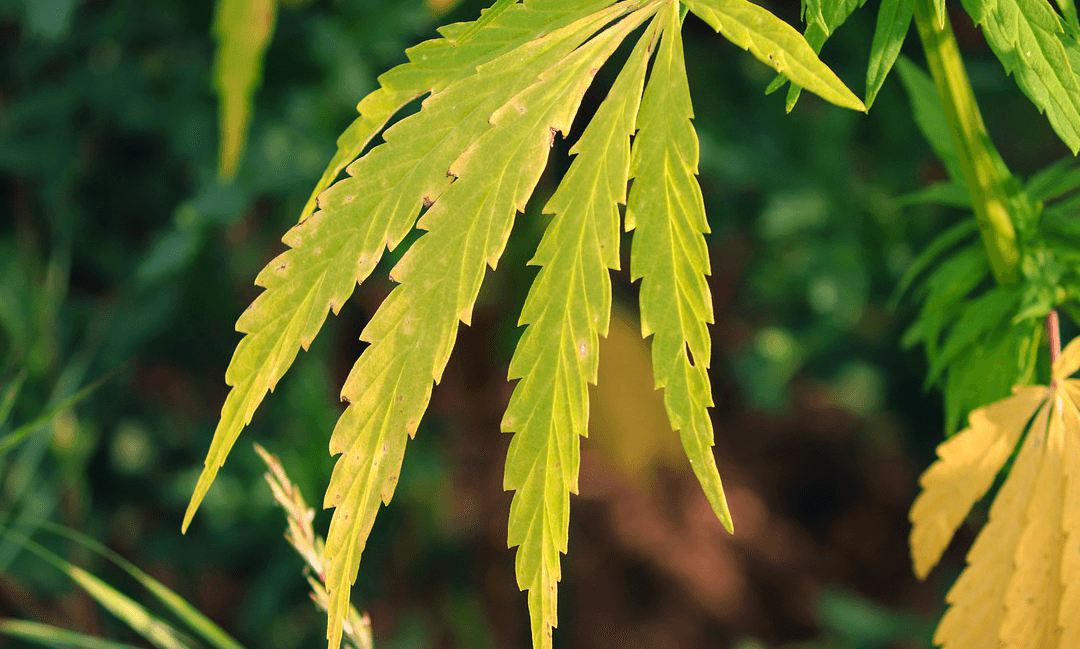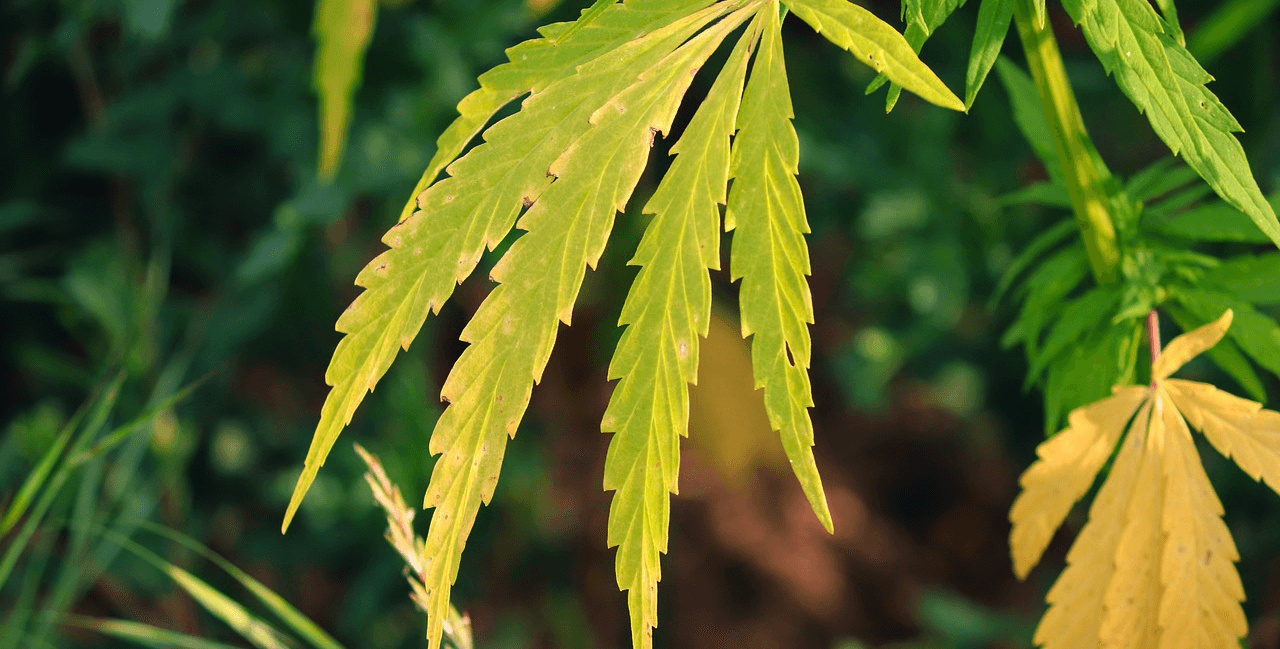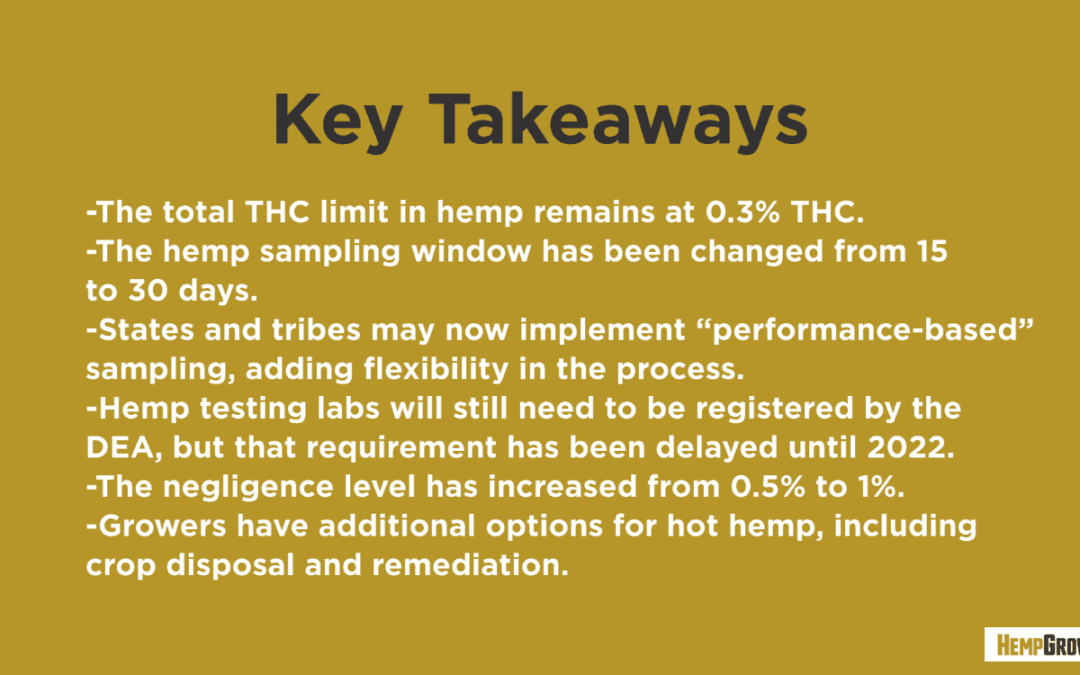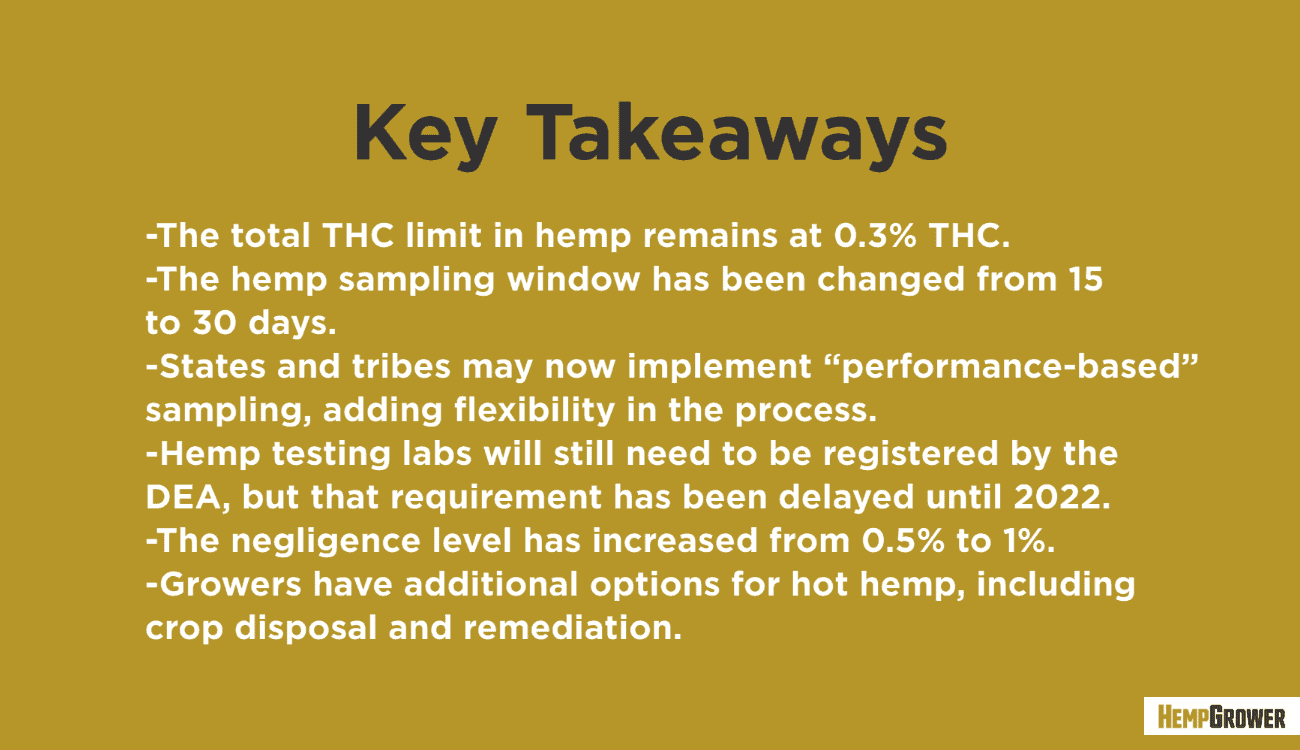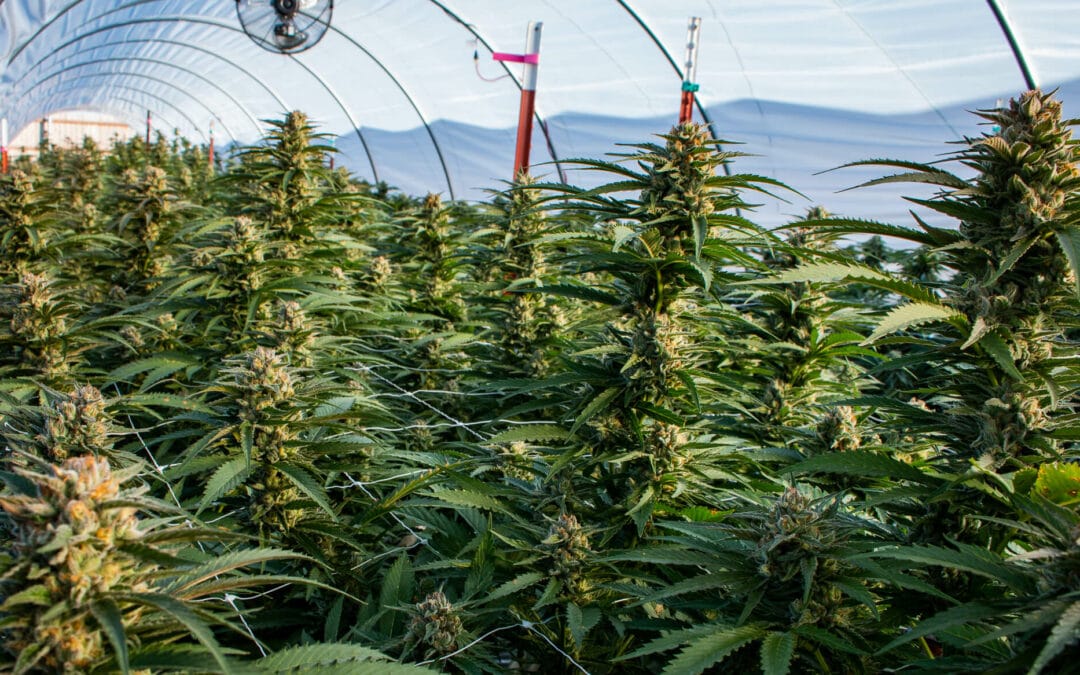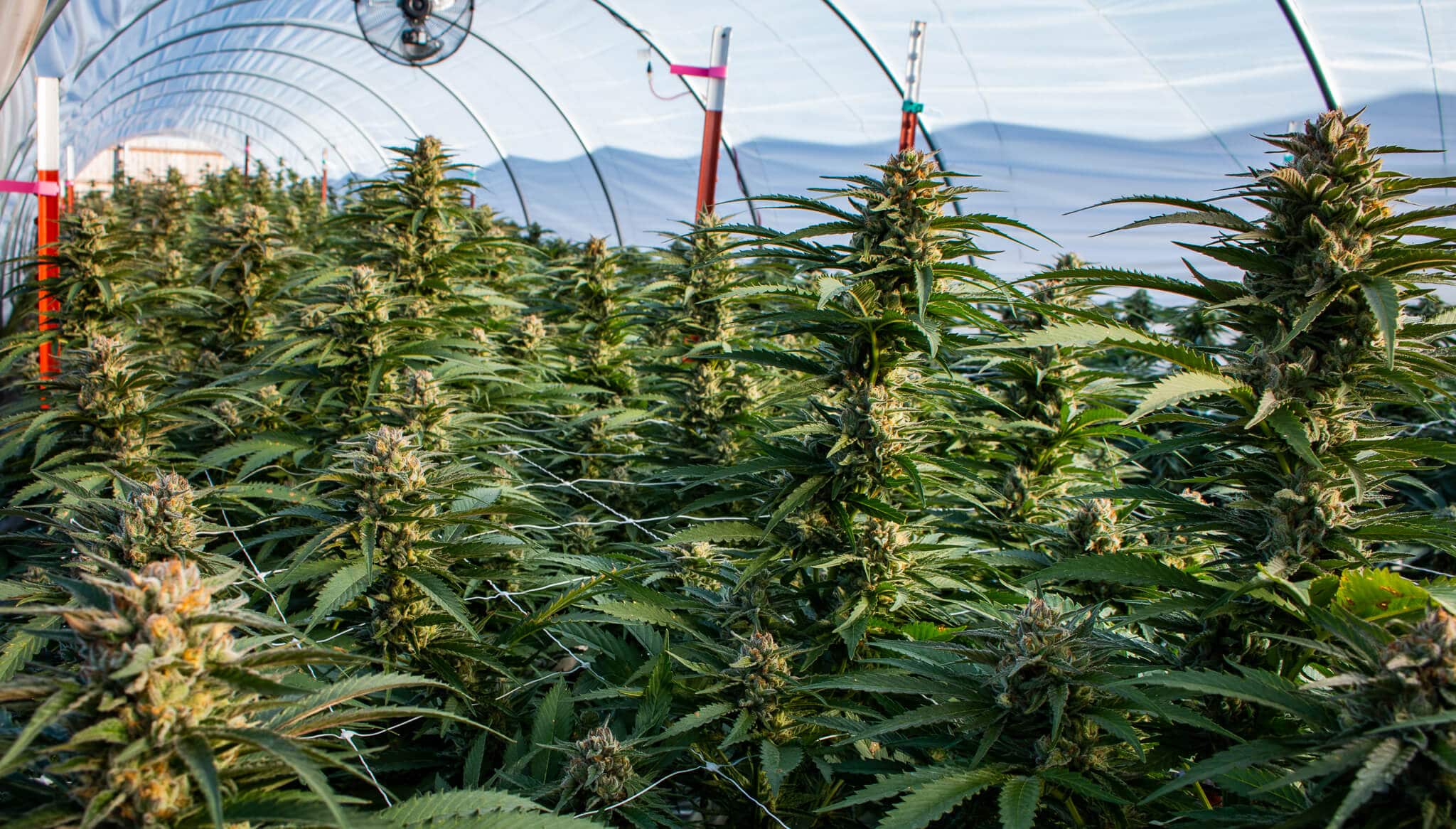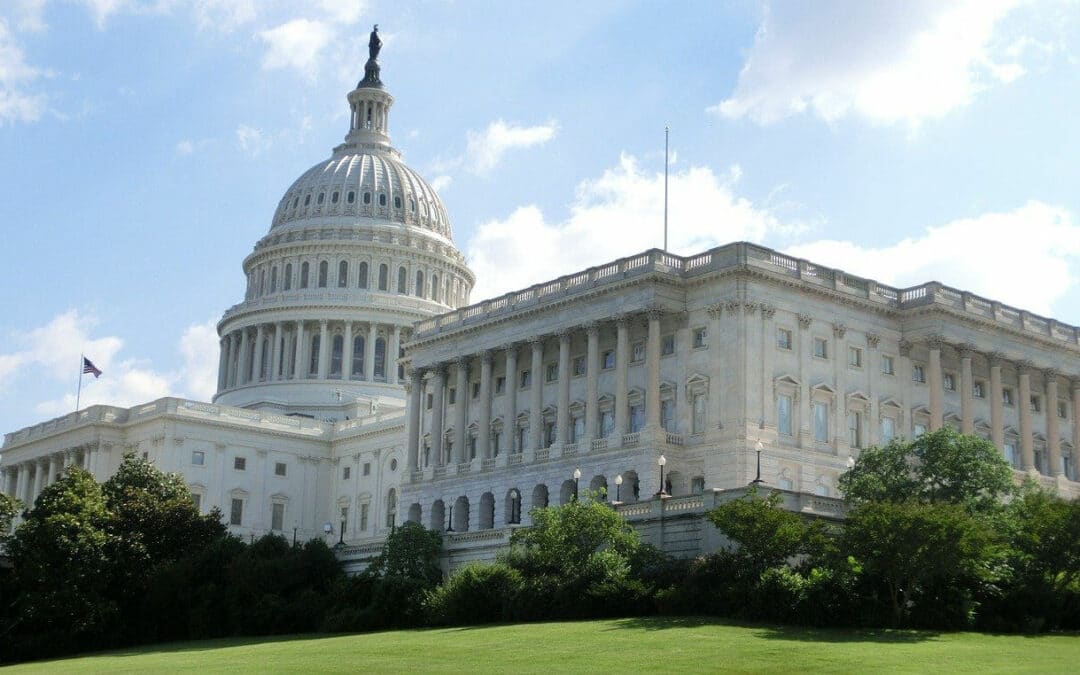
Democrat Senate Leaders Announce Steps To Federally Legalize Marijuana In 2021
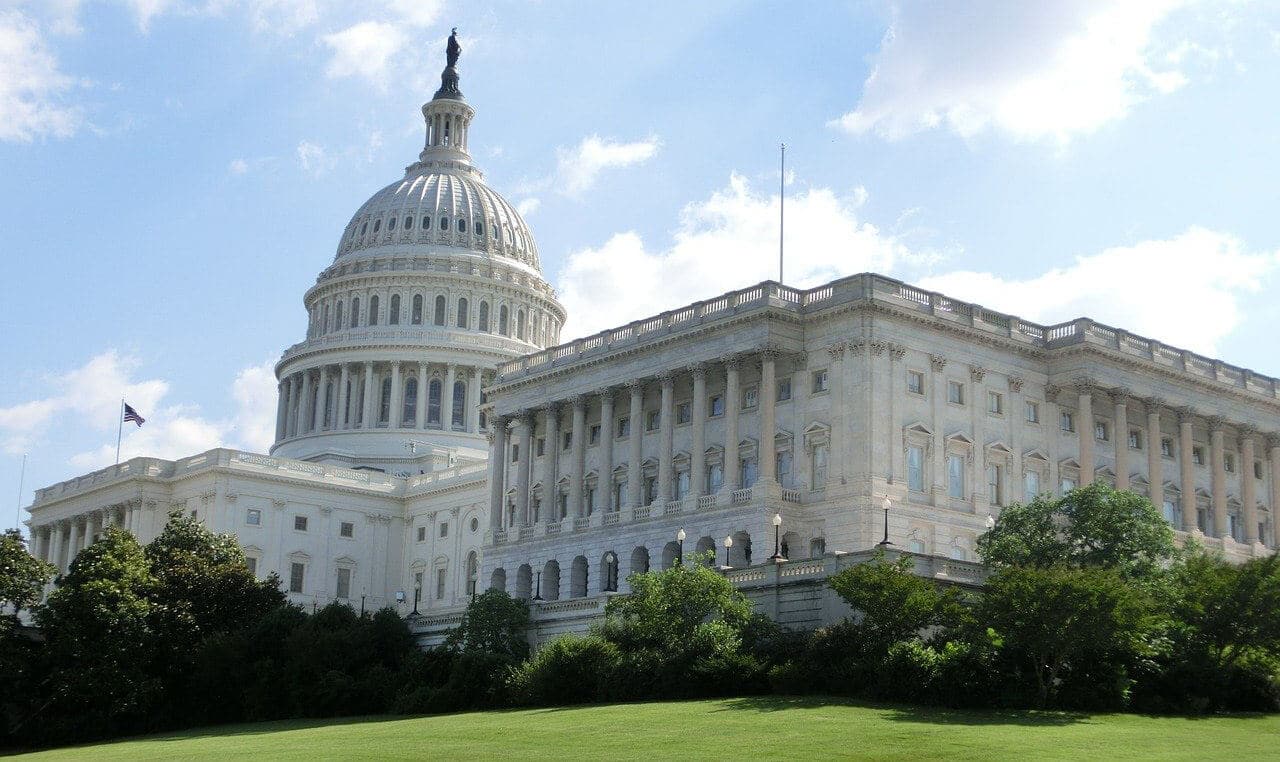
Three leading champions of marijuana reform in Congress said on Monday that the issue will be prioritized in the new Democratic Senate this year and that they plan to release draft legislation in the coming weeks to begin a conversation about what the federal policy change will look like.
Senate Majority Leader Chuck Schumer (D-NY), Senate Finance Committee Chairman Ron Wyden (D-OR) and Sen. Cory Booker (D-NJ) said in a joint statement that ending cannabis prohibition “is necessary to right the wrongs of this failed war and end decades of harm inflicted on communities of color across the country,” but that alone “is not enough.”
Three leading champions of marijuana reform in Congress said on Monday that the issue will be prioritized in the new Democratic Senate this year and that they plan to release draft legislation in the coming weeks to begin a conversation about what the federal policy change will look like.
Senate Majority Leader Chuck Schumer (D-NY), Senate Finance Committee Chairman Ron Wyden (D-OR) and Sen. Cory Booker (D-NJ) said in a joint statement that ending cannabis prohibition “is necessary to right the wrongs of this failed war and end decades of harm inflicted on communities of color across the country,” but that alone “is not enough.”
The lawmakers, each of whom has advocated for federal legalization, said that “we must also enact measures that will lift up people who were unfairly targeted in the War on Drugs,” especially as more states opt to legalize.
“We are committed to working together to put forward and advance comprehensive cannabis reform legislation that will not only turn the page on this sad chapter in American history, but also undo the devastating consequences of these discriminatory policies,” they said. “The Senate will make consideration of these reforms a priority.”
This is a narrative that’s been building in recent months, with Schumer saying on several occasions both before and after the election that he would work to move reform legislation with his new power to control the Senate floor agenda. Since Democrats secured a majority in the chamber, the stage is set for action.
“In the early part of this year, we will release a unified discussion draft on comprehensive reform to ensure restorative justice, protect public health and implement responsible taxes and regulations,” the senators said. “Getting input from stakeholder groups will be an important part of developing this critical legislation.”
A bill to federally deschedule cannabis cleared the House last year, but it did not advance in the GOP-controlled Senate. Lawmakers like Schumer and Booker stressed that Democrats reclaiming a majority in the chamber was an imperative for any comprehensive reform to pass this year.
“After years of marijuana policy reform being neglected and mocked by [Senate Minority Leader Mitch McConnell (R-KY)] it is heartening to see these Senate leaders working together to repeal the senseless and cruel policy of marijuana prohibition,” NORML Political Director Justin Strekal said.
“We look forward to constructively engaging with Congressional leaders, other organizations, and those communities that have historically been most impacted by criminalization in order to ensure that we craft the strongest and most comprehensive bill possible to right the wrongs of the nearly a century of federal cannabis prohibition,” he said.



